
Cycling a fish tank is a process by which gets the necessary bacteria (helpful bacteria) to grow. These helpful bacteria are important because they break down ammonia to nitrites and then nitrites to nitrates. While nitrates aren't something you want a ton of, they are much less problematic for your fish. You need the bacteria to keep your fish happy and healthy.
The problem is that the easiest way to get this cycle started is to add fish. However, whatever fish you add will be in danger of stress, illness, and possibly death because of the ammonia spikes and then nitrite spikes. The solution for those who don't want to put fish in harms way is to cycle the tank without fish in there. You will need to do more than just set the tank up and run it.
Why Can't I Just Run The Tank?
Many people will tell you that you need to set up your tank and run it without fish. The goal is to wait for the nitrogen cycle to complete so that you aren't harming fish. The problem is that there is nothing in there for the helpful bacteria to eat and because of that they don't grow. This doesn't mean you have to rush out and get some poor fish to put in there. Instead you can artificially create food for the bacteria to grow.
Step By Step.
To do the fishless cycle you will need to make sure that you follow each step one at a time and that you don't add any fish until the cycle is all done!
Adding Fish.
While you will now have bacteria to take care of the wastes of the fish you want to make sure that you aren't adding too many fish. If you add a lot of fish all at once you may have a bioload larger than your bacteria can handle and that will in turn make it so that your tank will have to go another cycle, though this one is likely not going to be near as dramatic as what you set it up to do at first. Sticking with three fish every two weeks is a good idea and will make a difference for your fish.
Advantages.
The largest advantage of cycling your tank without any fish is the fact that you are a lot nicer to the fish that might have otherwise been in there. Ammonia can burn fins and nitrites cause a great deal of stress. Many starter fish never live to see the tank after it is cycled, but if you do the cycling without the fish they will have a lot better time at it.
While it is debatable that this cycle is faster. In most cases both ways of cycling take six to eight weeks to complete. However, you have much more control over this one. If you make a mistake with your fish (get too many too fast, have them all die off on you, or such) then you will have a longer cycle to get through.
It is also true that the fishless cycle is often easier. This is due to water changes. With your fishless cycle you will do two water changes before adding fish. If you add fish and are cycling the tank then it is best for you to change 10% of the water every other day or every three days. This can be a lot of work just trying to keep your few fish alive!
Check pH.
It should be noted that this process may lower your pH. While you don't want to add any chemicals you are going to want to know what your pH is. It may be a bit acidic for many fish. Adding tap water during your water changes can help as can adding oxygen, crushed coral, or shells (whole or crushed) to your tank.
There are some definitely advantages to doing your cycle without fish. You will be more human to the fish you see for your future. If you can't wait then you may want to learn how to cycle your tank as best as you can with fish in it. Check out Aquarium Set Up: The Nitrogen Cycle and Aquarium Set Up: Speeding Up the Nitrogen Cycle for more information about your options and for more tips.
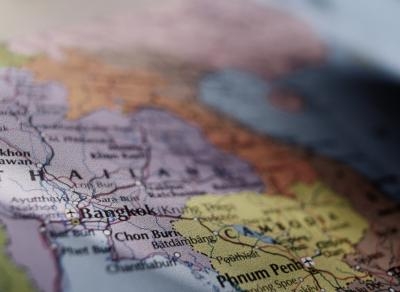 Life Span of Female Betta Fish Vs. Male
Life Span of Female Betta Fish Vs. Male
Life Span of Female Betta Fish Vs. Male
Life Span of Female Betta Fish Vs. Male
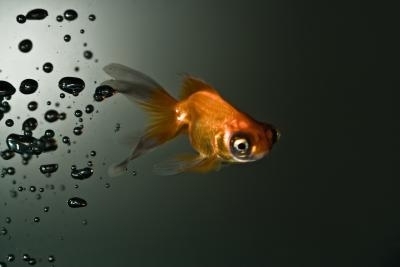 Cold-Water Fish Types
Cold-Water Fish Types
Cold-Water Fish
Cold-Water Fish Types
Cold-Water Fish Types
Cold-Water Fish
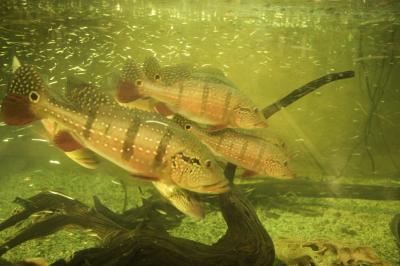 How to Kill Ich in a Fresh Water Fish Tank
How to Kill Ich in a Fresh Water Fish Tank
How to Kill Ich in a Fresh Water Fish Tank
How to Kill Ich in a Fresh Water Fish Tank
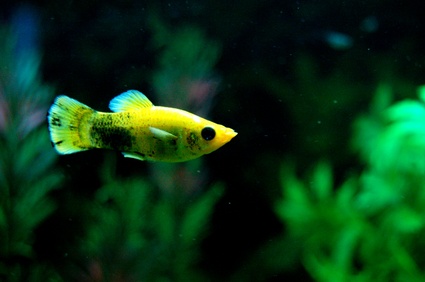 Types of Fish for Freshwater Aquariums
Types of Fish for Freshwater Aquariums
Types of Fish for Freshwater Aquariums
Types of Fish for Freshwater Aquariums
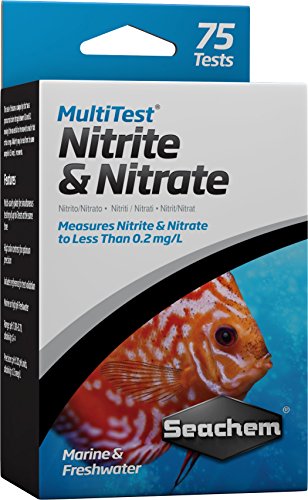 How to Reduce Nitrates in Fish Tank
You can always can find some nitrates in a typ
How to Reduce Nitrates in Fish Tank
You can always can find some nitrates in a typ
Copyright © 2005-2016 Pet Information All Rights Reserved
Contact us: www162date@outlook.com